The Grand Tourist 2025 Last-Minute Gift Guide
We assembled our favorite design objects for the people on your list that have everything, including taste.
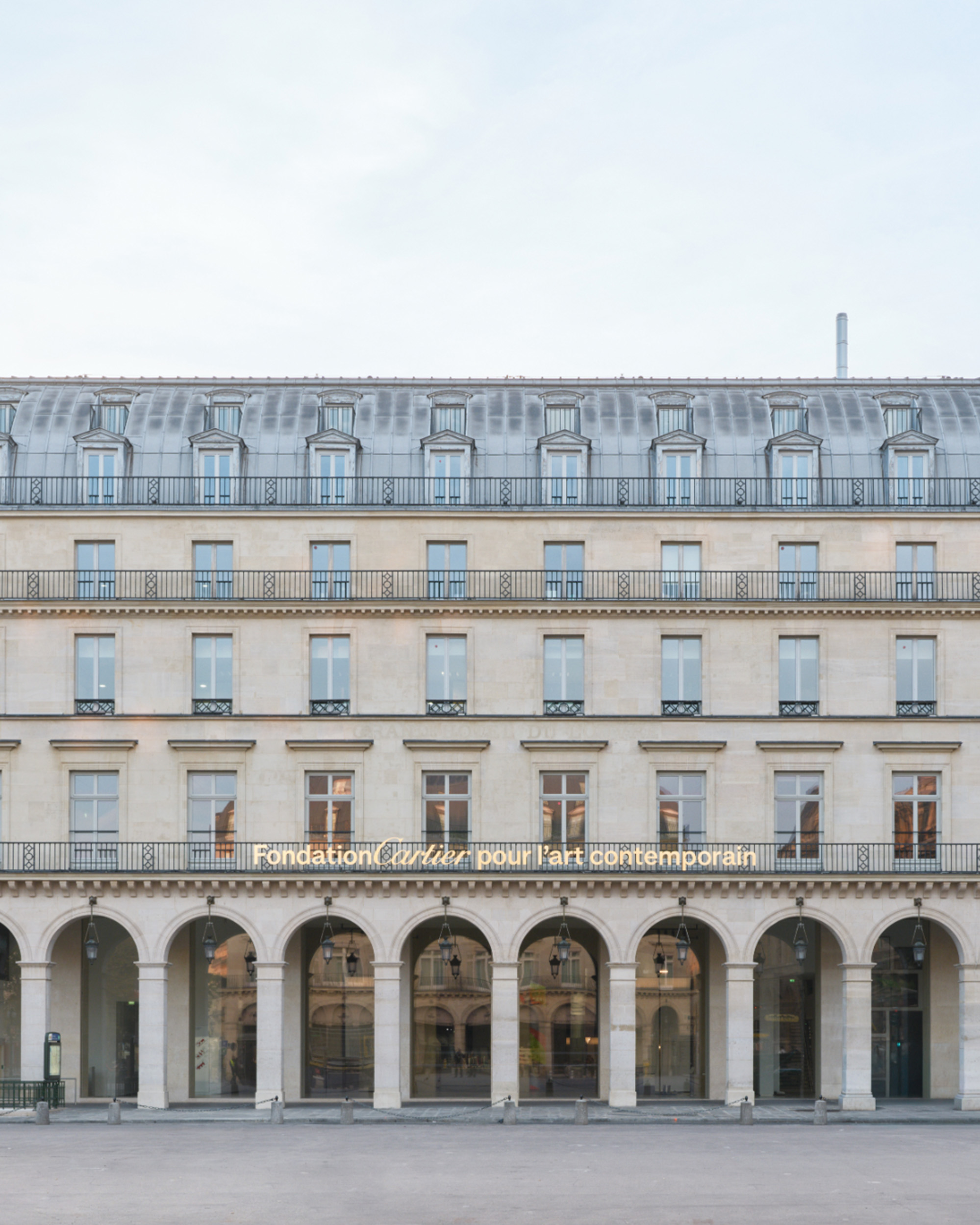
For decades, the Fondation Cartier pour l’art contemporain has created exhibitions and programs around the globe that blend together various creative disciplines. This week, the institution—founded by the beloved house we all know for its jewelry and timepieces—is moving into a new home in the very heart of Paris. On this episode, Dan speaks with Fondation Cartier’s Beatrice Grenier about the incredible new museum by architect Jean Nouvel, how its inventive architecture is literally quite moving, the history of the famous address and how it has inspired a truly grand inaugural exhibition, and much more.
TRANSCRIPT
Beatrice Grenier: I think that architects are really more than ever participating in shaping what the new museum, its cultural policy can be. And I think that, I hope that, the museum is going towards a place where it’s recognizing its role as a, as really a content editor, where it’s proposing itself to be truly a place that is reliable from a cultural and research and knowledge standpoint.
Dan Rubinstein: Hi, I’m Dan Rubinstein, and this is The Grand Tourist. I’ve been a design journalist for more than 20 years, and this is my personalized guided tour through the worlds of fashion, art, architecture, food, and travel, all the elements of a well-lived life. And welcome to the first episode of what we’re calling The Grand Tourist Reports, concise dispatches and insights from the newsmakers and tastemakers of the day.
This week, the collecting world descends on Paris for exhibitions such as Art Basel and Design Miami. And just to add to all the drama, the Louvre has made headlines as the victim of a brazen daylight jewelry heist that seems straight out of an unbelievable TV drama. But to me, the most breathtaking event of the week is actually just steps away from the scene of the crime, the opening of the new home of the Fondation Cartier at the Place du Palais-Royal.
The new museum, designed by architect Jean Nouvel, takes over a historic Haussmannian building, which for many years was a legendary department store, and will now house one of the most exciting contemporary art institutions in the world. The Fondation Cartier began in the 1980s—by the beloved house we all know for their jewelry and timepieces—and for decades was housed in a more modern glass building, also by Nouvel, in Paris’ 14th arrondissement. I spoke with the Fondation’s Beatrice Grenier, Director of Strategic Projects and International Programs, as well as co-curator of the inaugural exhibition, about the institution’s incredible new home and its fascinating history, how Jean Nouvel’s architecture is literally quite moving, and much more.
(SPONSOR BREAK)
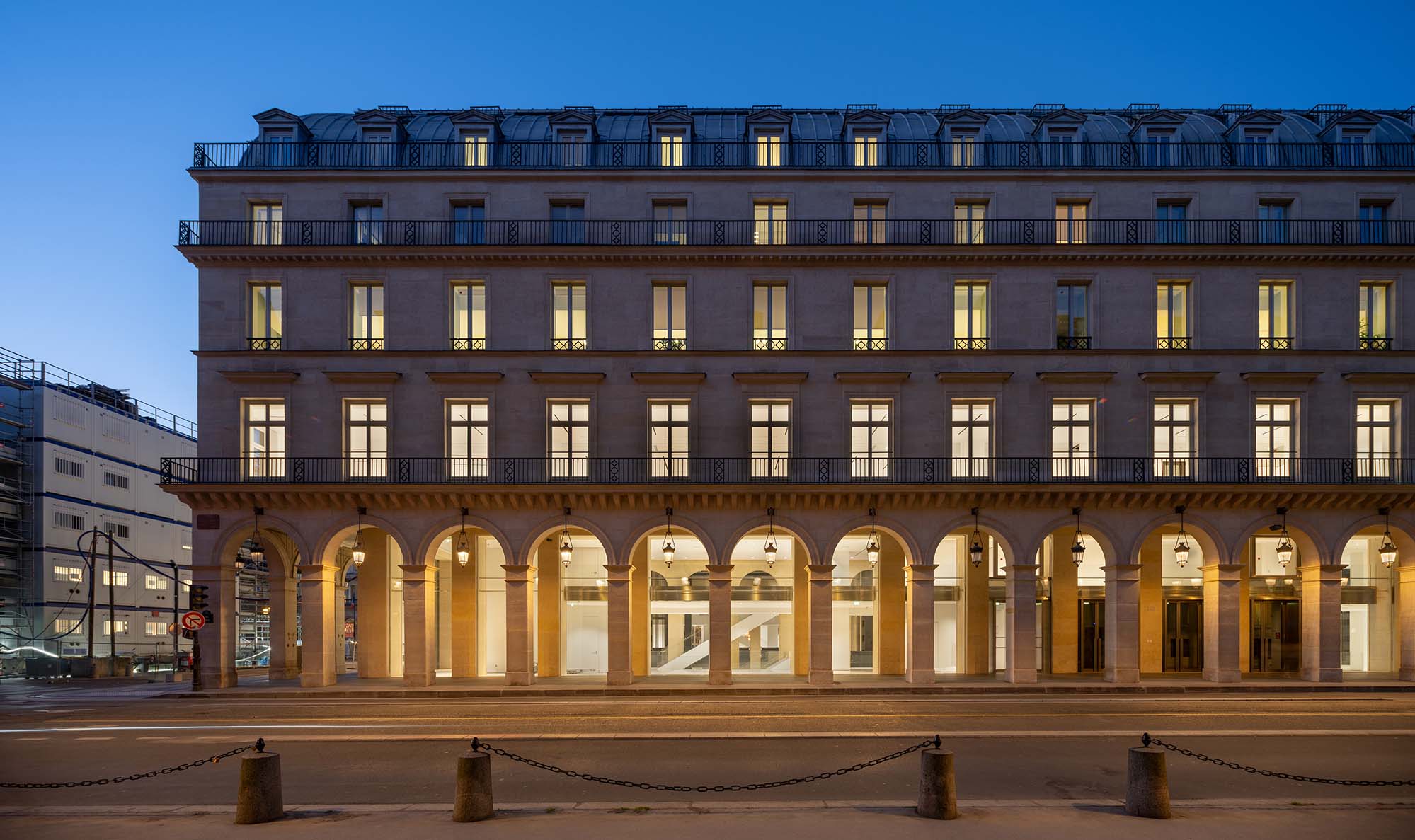
And so before we start speaking about the Fondation and its new home, tell me a little bit about your own background and how you came to work with the organization.
I used to live in New York. That’s where I studied. That’s where I started my career as an art historian. I worked for several years as an interpreter and for the artist, Cai Guo-Qiang, and I was managing his art projects. And that’s how I came to encounter the Fondation Cartier in Paris. And Cai Guo-Qiang had been an artist in residency at the Fondation Cartier in the early 90s. He was really one of the first to… I mean, the Fondation invited him to have his first project in France.
And anyway, with Cai Guo-Qiang, I had worked a lot on establishing his private art foundation in Chester in New Jersey. We were working at the time with Frank Gehry as an architect to develop an archive space, studio space, future residency space. The Fondation Cartier approached me to join the team on this phase of design, and to work with the Atelier Jean Nouvel to kind of coordinate this very ambitious institutional transformation. So I somehow crossed the Atlantic without really knowing.
That sounds amazing. So for the completely uninitiated, what is the Fondation Cartier? How did it first begin?
The Fondation Quartier is a private cultural institution that was founded by the Maison Cartier in 1984, with the vision to make contemporary art accessible to the widest audience possible. One has to remember that at the time in the ’80s, there was really no culture of corporate sponsorship in the arts in Europe, in France especially. And the Maison Cartier was really the pioneer in terms of creating an opening in a way, even a legislation that would allow corporations to kind of make, create this kind of cultural philanthropy.
So the Fondation Cartier was first based in Jouy-en-Josas, which is kind of on the outskirts of Paris, and developed a residency program. For 10 years it hosted artists in residence, invited them to create work on site, and created an exhibition program. And very soon, that location began to feel a bit far away from the center of Paris and also a bit too small.
At the time, the President Alain-Dominique Perrin commissioned Jean Nouvel to design, you know, a building for the Fondation Cartier within the 14th district of Paris on the left bank. And, you know, at the time, Jean Nouvel was also just starting to really be known as a global figure in the architecture world. He was working on the Institut du Monde Arabe, which opened in ’87, which is really his breakthrough building.
And a few years later, in ’94, the Fondation Cartier opened this now extremely iconic all-glass building, surrounded by a beautiful garden designed by Lothar Baumgarten. And the program changed with this change of architecture. Of course, architecture always provokes, you know, transformational, kind of institutional chapters.
And the Fondation, instead of resuming a residency program, developed a contemporary art program and hosted exhibitions in this building for 30 years. So it’s been a 40, 41 years now, journey.
And with that journey, is there any particular exhibition, could be recent or maybe not even that recent, that you think really exemplifies what the Fondation actually is really all about?
Yeah, that’s a great question that we really examined in the context of the inaugural exhibition. We wanted to open in this new building with an exhibition that would remind audiences, but also introduce to our new audiences, what the Fondation Quartier is about and how it has very much pioneered in terms of bringing and identifying fields that, you know, the kind of more mainstream or academic contemporary art world doesn’t recognize to be to be art yet. So I mean, I have so many examples.
There have been, you know, an Issey Miyake exhibition titled “Making Things,” for example, or, you know, in the late ’80s, back when the Fondation was still at Jouy-en-Josas, there was an exhibition called “Architecture Machines” including Liz Diller, who at the time was just beginning their kind of conceptual work. More recent exhibitions, I’m thinking about the exhibition “Nous des Arbres,” so “Trees,” which was an exhibition that was about identifying precisely the life of trees as being, you know, living organisms that we completely ignore in our encyclopedia that we can’t recognize on the street. It was an exhibition that was so fantastic in terms of showing our human ignorance vis-a-vis the aesthetic world of nature. I’m thinking about “Southern Geometries,” which introduced the work of the Bolivian architect Freddy Mamani to the architectural community.
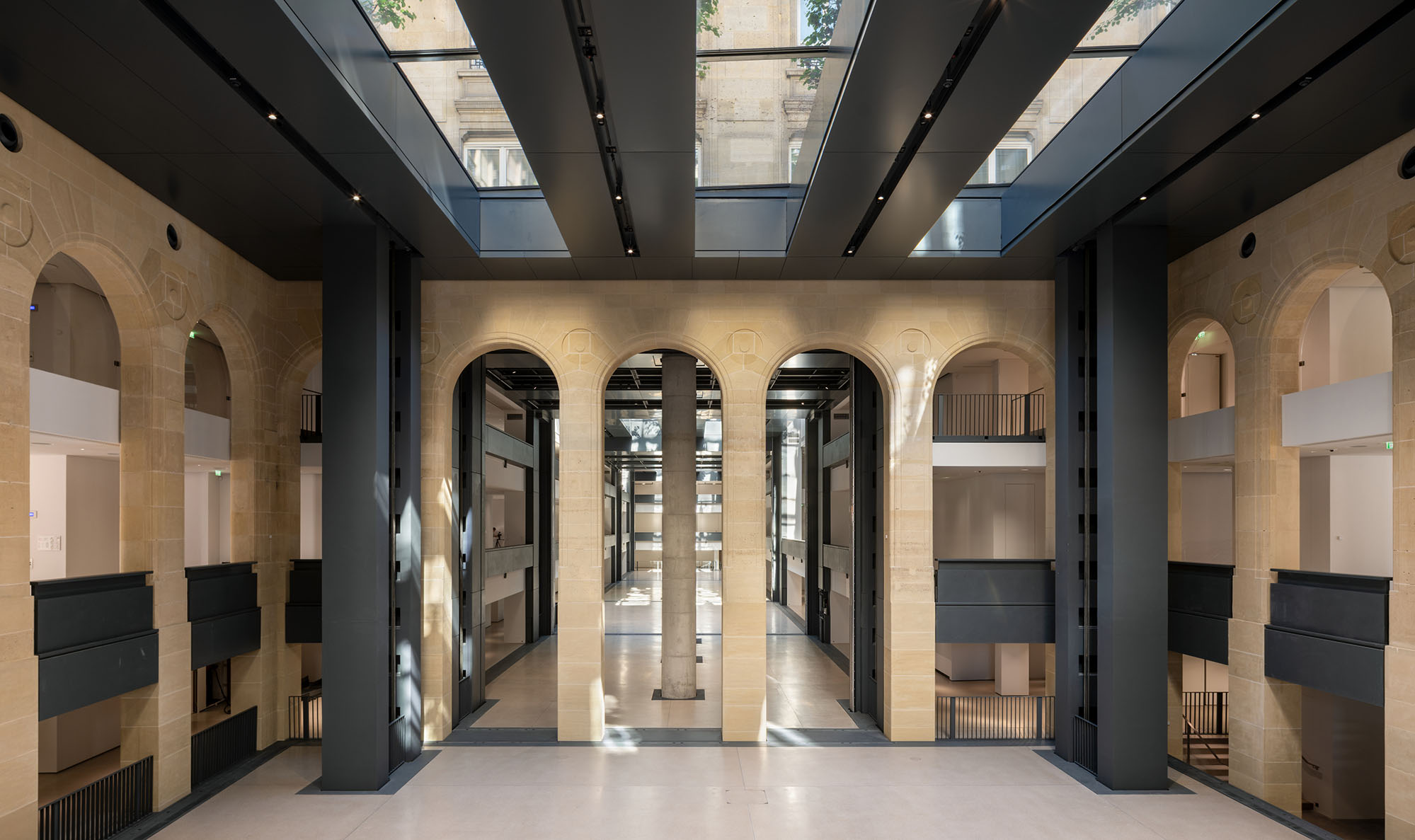
And so it seems like it has a reputation for being a serious undertaking. Like the shows are quite deep. And I would say it’s sort of like advanced contemporary art. It’s not always about just big splashy names per se. Do you think that has to do with the fact that the Cartier Fondation was the first of these? It had something to prove in the ’80s, right, when they were the first to delve into this sort of adventure, right?
Yes, I think so. I would like to think that. But I think it’s also coming from a really wonderful open-mindedness and an idea of liberty that the institution tries to share with the audiences in terms of, which is really the perspective of the artists and architects and creators themselves, I think, to really try to show art, architecture, industrial design, science, botany, data science as being aesthetically and emotionally really powerful. And the Fondation being a kind of gateway to other forms of knowledge.
And, of course, in a few days from when this comes out, the Fondation will open in a new space, near the Louvre, which reunites the organization with Jean Nouvel, who designed the original space. So why the need for a new space?
Many reasons. Even though the building that Jean Nouvel designed in the early ’90s remains extremely contemporary and timely, I think that there was a sense that the Fondation Cartier, and this was a long time coming even though the construction was about five years time, the Fondation Cartier had been always in transformation, always growing in terms of its international partnerships but especially kind of wanting to offer to its audiences a bit more than an exhibition space. We’ve always had a very dynamic bookstore, for example, but we also wanted to have an auditorium, for example, a space, restaurant, cafe, where people can come and linger a little longer.
And so being an institution that had programmed for 40 years, the ambition had clearly become more than an exhibition space. It is really a space where culture is manifested and where audiences can come to socialize and to learn in many different ways than only from the exhibition.
So it’s a bigger space, much more functional, and it’s also much closer to the heart of Paris, right? You can’t get any closer to smack dab in the middle of Paris than the location that you’re in. Tell us about the building, because I believe it’s an 1855 Haussmannian very impressive structure that’s had a really interesting history.
Yes, indeed. This is very unique about this project from the perspective of Jean Nouvel, who is widely known as an architect, I think, who has really transformed expectations about museums, especially architecture for exhibition spaces. But the whole question, or at least architectural question for this project was how to transform an existing historical building that’s in front of the Louvre, and how to bring it up to speed, both from a discursive standpoint, like for contemporary audiences, but also from a functional standpoint.
So, it’s a building, as you mentioned, that was built in 1855, at the same time as the first World Expo in Paris. And it’s really iconic in terms of it being a symbol of the Haussmannian urbanization project of the first part, which took place in the second half of the 19th century. And it’s in front of one of the oldest public squares in Paris. So it’s really this symbol of this kind of very Parisian modernity with the arcades that run along the whole length of the building.
And what Jean Nouvel wanted to do was precisely both highlight this and embrace this history, but also modernize it. So opening the building onto the street with these very tall glass bay windows, and making it feel almost transparent. So when you’re standing in the middle of the building, you feel the heart of Paris, you feel the historical heart of the city.
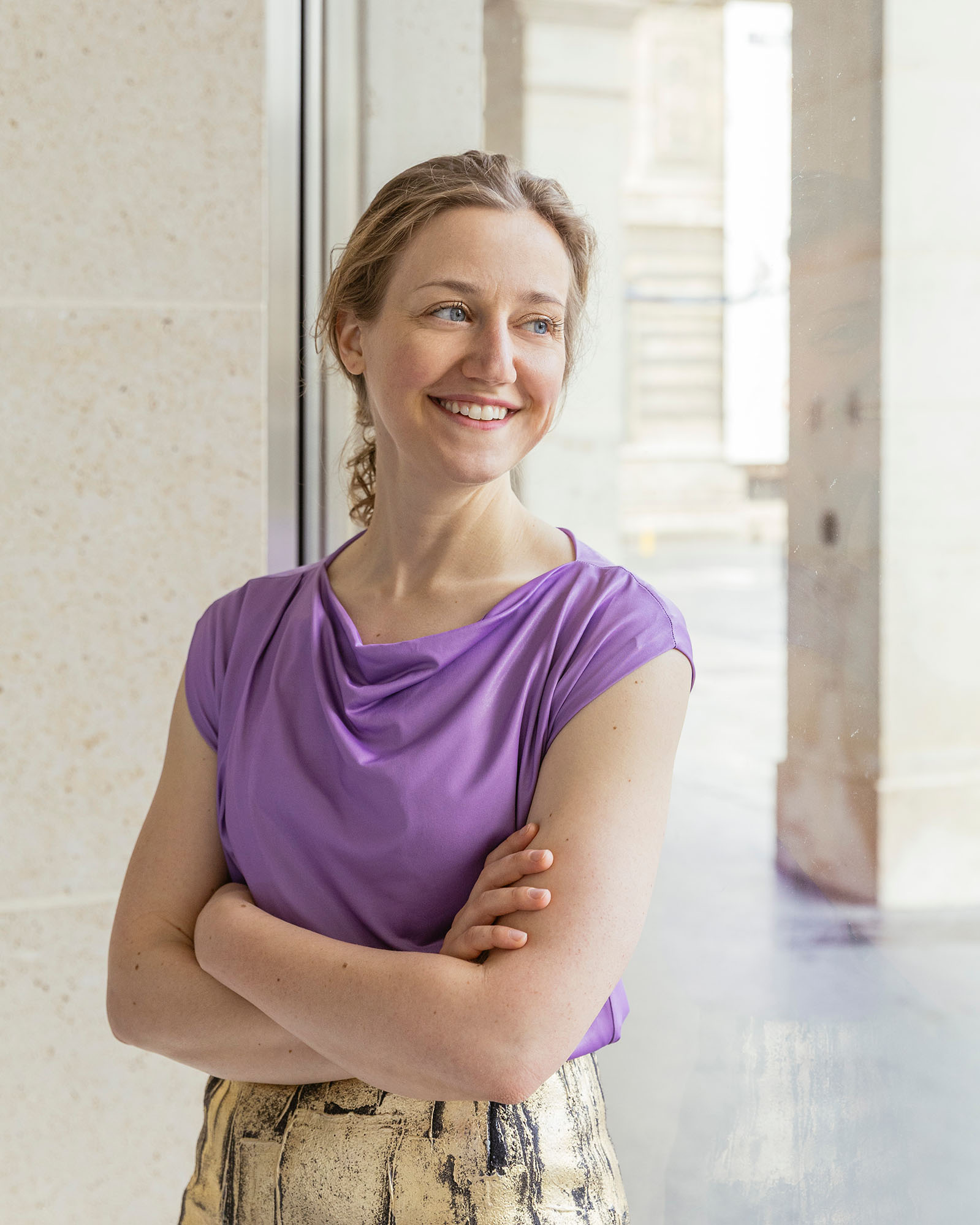
Really to show some breadth of an experience. And back to the Fondation Cartier for a second. I know that the building, since 1855, obviously has hosted a lot of different tenants, if you will.
Tell us a little bit about the history of what was contained in the building, because a lot of that has been reflected, or is being referenced a little bit in its new capacity.
Yes. So the building was initially opened as a hotel. A very brief moment. Initially when it was built for the World Expo, it served to house the exhibitors coming to Paris. I mean, it was an incredible time. Of course, Napoleon III was commissioning all of this new public infrastructure. I mean, he had just gone to the Crystal Palace of London and felt amazing competition with the city. And so it was a hotel that was meant to house all of this influx of tourists and new urban dwellers.
And quickly after that, it was bought by an emerging little merchant group, which eventually became a humongous commercial and cultural force in Paris, the Grands Magasins du Louvre.
So it was, for more than 150 years, a department store, which is an incredible irony, in a sense, but also very beautiful history, because the department store was really, at least in its first 50 years, inspired by what the World Expo invented. Which is to say, the principle of democratizing access to new artifacts and new technologies. You know, the World Expo exhibited machinery, but also high art. And the department store was the place where one could go year long and that had these new household technologies, new textiles coming from all over the world.
And specifically the Grands Magasins du Louvre, because it was so central to the city, became itself a really a cultural place that exhibited, organized small exhibitions. And this is how we came up with the title of our inaugural exhibition, which is called “Exposition Générale.” So the Grands Magasins organized these exhibitions, which were called “Exposition Générale,” and put together all of these different objects. And we wanted to inspire the inaugural exhibition with this spirit of allowing painting to coexist with industrial design and putting all of the different disciplines of art on the same level playing field.
And so how many floors is the new location?
The new location in many ways has no determined floors. I mean, it has three floors, but what Jean Nouvel really invented as a new display technology, or apparatus, is a system of five movable platforms. So they are platforms that are 200 to 300 square meters, and they can be adjusted to different heights.
So, just imagine giant elevators without surrounding walls that constitute really the exhibition space. And they can be adjusted to different heights of a maximum of 11 meters. And so meaning that for every exhibition, the wayfinding of the museum and the architecture of the building itself will change.
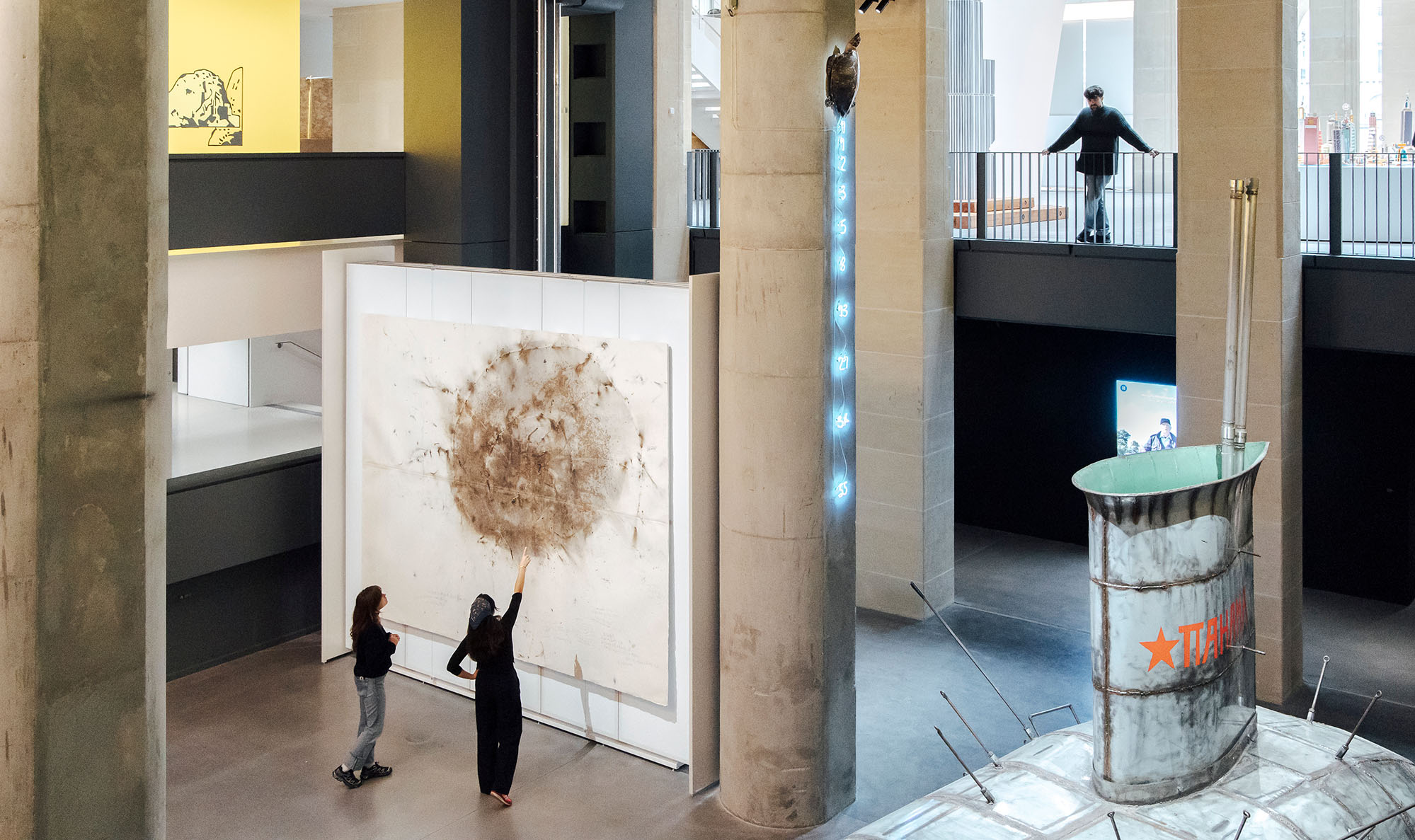
Oh, wow. Okay. So, is every exhibition going to take over the entire space, essentially?
The inaugural exhibition is taking over the entire space, and so is the second. But within the exhibition, there are chapters, let’s say. But there’s no rule for the future. And it’s definitely possible to organize, you know, separate exhibition spaces.
With such a historic building, I’m sure it must have been really difficult. In a city like Paris and France as well, known for its historic preservation of architecture and even of landscape. I’m referring to my “How to Buy a Chateau” episode, which if people haven’t listened to, was quite the adventure for a lot of designers.
Tell me about the challenges. I mean, it sounds like what you’re doing is radical in terms of being able to move walls and move things up and down, but to do so in a space like that.
Yes. Well, the building itself, the facade is protected. So we didn’t, you know, move the actual Parisian limestone, that stayed in place. And it’s protected because what we call the order of the Rue de Rivoli was designed by Percier and Fontaine, the architects who also designed the Grande Galerie of the Louvre.
So the challenge of the space was everywhere except that it’s not visible in the project, because the construction happened inside the building and really was invisible to any passerby or anything. And what Jean Nouvel did, he had this truly remarkable vision which was to gut three stories of the building and insert at the center of it these five platforms, which of course, from a technological standpoint are not, in themselves, never seen before because they replicate, albeit more complex, but the basic system of an elevator, let’s say, or a theater platform or aircraft carrier.
So, the engineering of it exists, but the vision to integrate this scale of movement within a historical building creates this clash of the epochs that makes this kind of aesthetic so unique. And also, I want to say very Parisian, because it’s really a kind of mechanical modernity with cables and pulley that it’s evoking that, of course, was really the epoch of the World Expo and the first iron structures of the Eiffel Tower, etc.
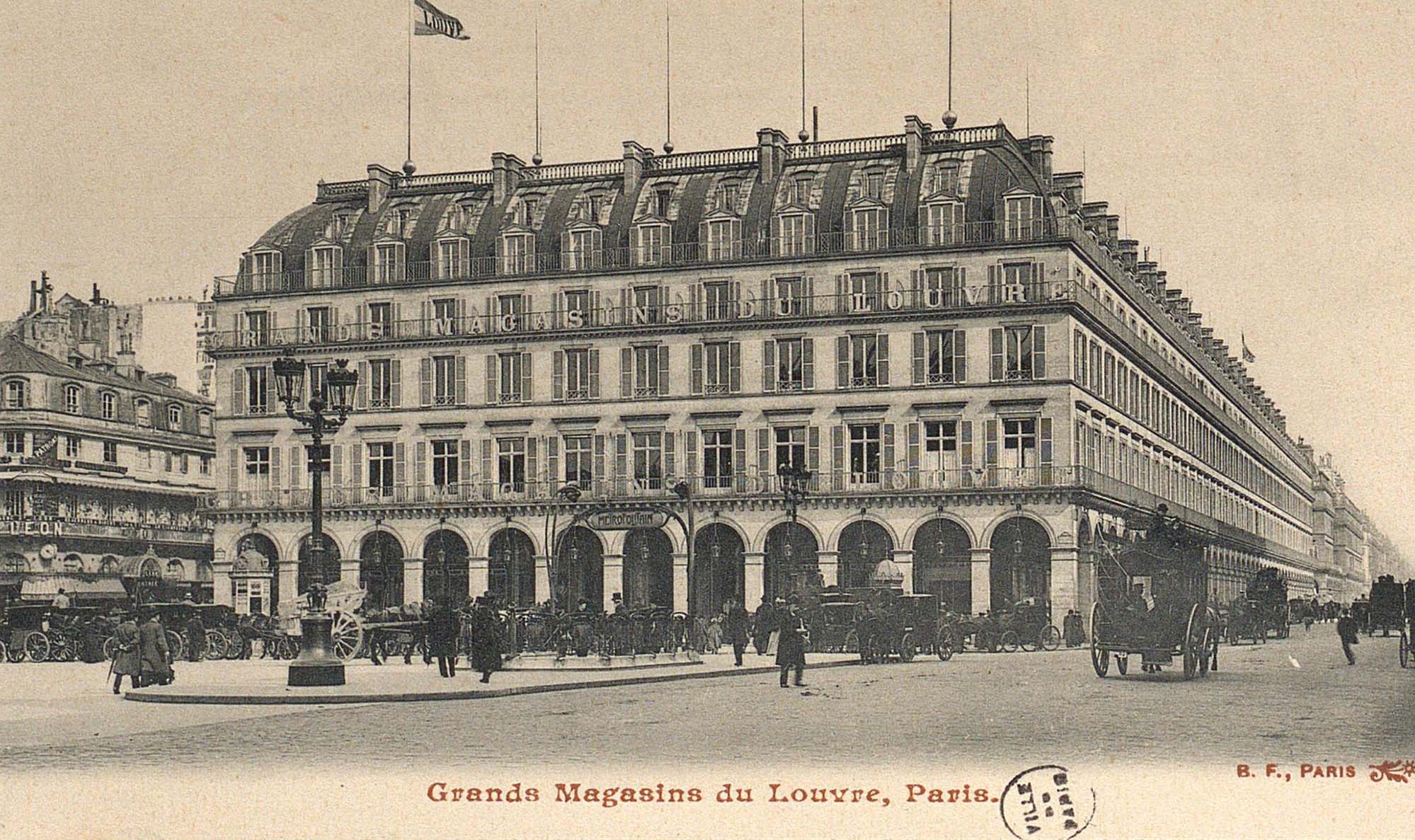
And for the first show, the “Exposition Générale” what are some of the highlights of the pieces that will be shown there?
It’s a lot. I mean, the show, as I explained, is called “Exposition Générale.” And it’s citing either iconic exhibitions that really opened up new topics for contemporary art, or at least from our perspective. So, really trying to bring to the foreground the importance of architecture, of industrial design, including a big important chapter on the question of nature.
And then we have also an important part on craft, and also science and technology. So, I mean, if I have to choose, I would say that one of the works that I’m really proud that we included are, for example, Exit, which is a work that the Fondation Cartier commissioned in 2008, at the time of the COP15 conference in Paris.
And the idea was to bring together the philosopher Paul Virilio, together with Diller Scofidio + Renfro, Laura Kurgan from Columbia, and think together, how can we show data about our planet in a sensitive and impactful way, in a museum setting, so that audiences can be moved and understand all of the ramifications of climate change, including migration, financial crisis. And it was really a way to bring into the museum, a mini university of social science. So, this is one of the major works that I’m very proud of.
There’s also, we included a work by Bernie Krause, which is a collaboration with Soundwalk Collective. And it’s an interpretation by Soundwalk Collective of the archives of the bioacoustician Bernie Krause, who spent most of his life recording soundscapes that were becoming extinct. And then there’s also, I mean yet to be recognized masterpieces like a monumental installation by Solange Pessoa, Brazilian artist who’s working with organic materials, in our case, hundreds of thousands of feathers. There’s a beautiful work by Olga de Amaral, a Colombian textile artist, and many others, which I hope audiences will come to discover.
And if you had to describe the new building and the new adventure that you guys are about to embark on, and this new era, if you had to describe it in three words, what three words would you use to describe them?
I would say open, exhilarating, completely new.
Thank you to my guest, Beatrice Grenier, as well as to everyone at Cartier and Fondation Cartier for making this episode happen. The editor of The Grand Tourist is Stan Hall. To keep this going, don’t forget to visit our website and sign up for our newsletter, The Grand Tourist Curator at thegrandtourist.net.
And follow me on Instagram @danrubinstein. And follow The Grand Tourist on Apple Podcasts, Spotify, or wherever you like to listen, and leave us a rating or comment. Every little bit helps. Til next time!
(END OF TRANSCRIPT)
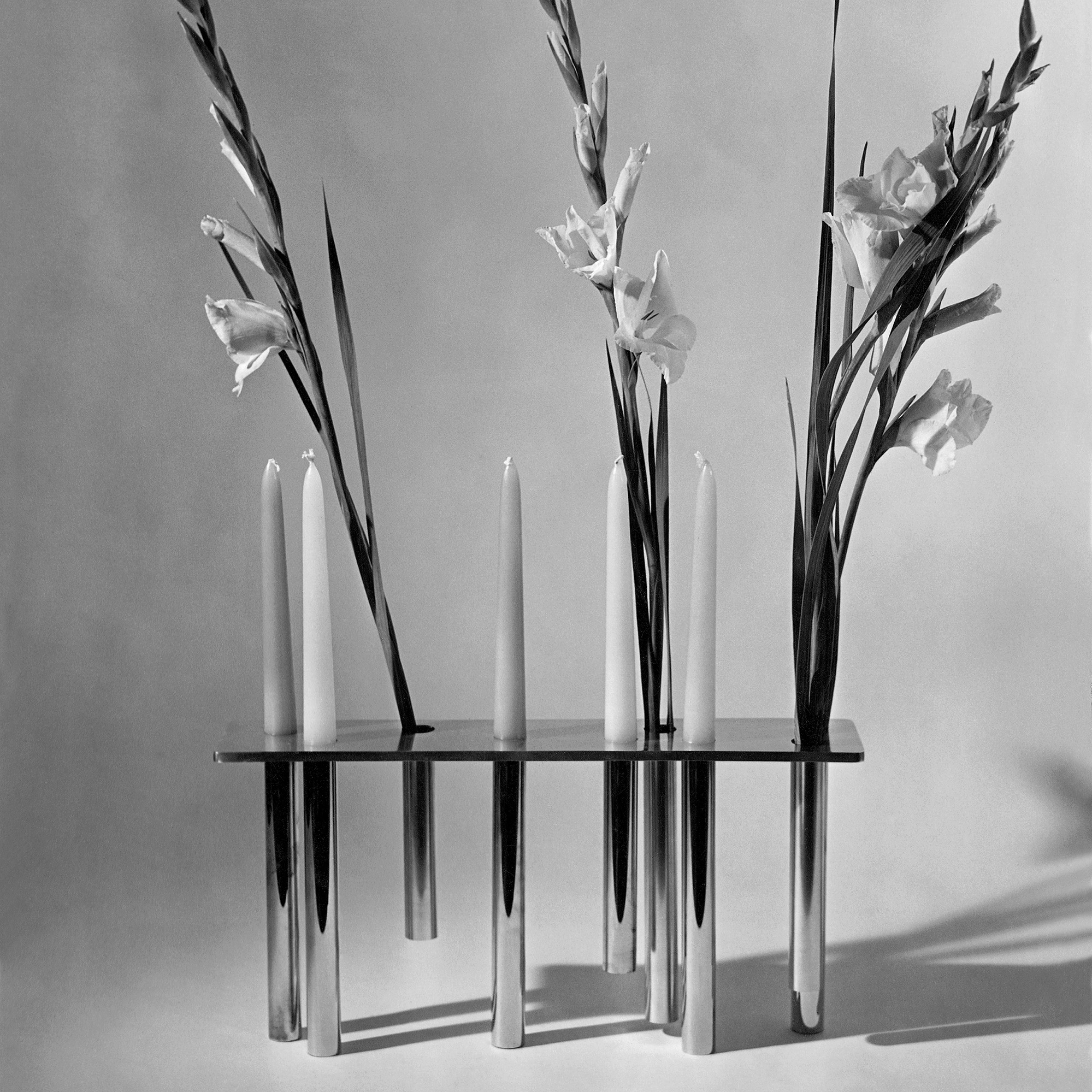
We assembled our favorite design objects for the people on your list that have everything, including taste.
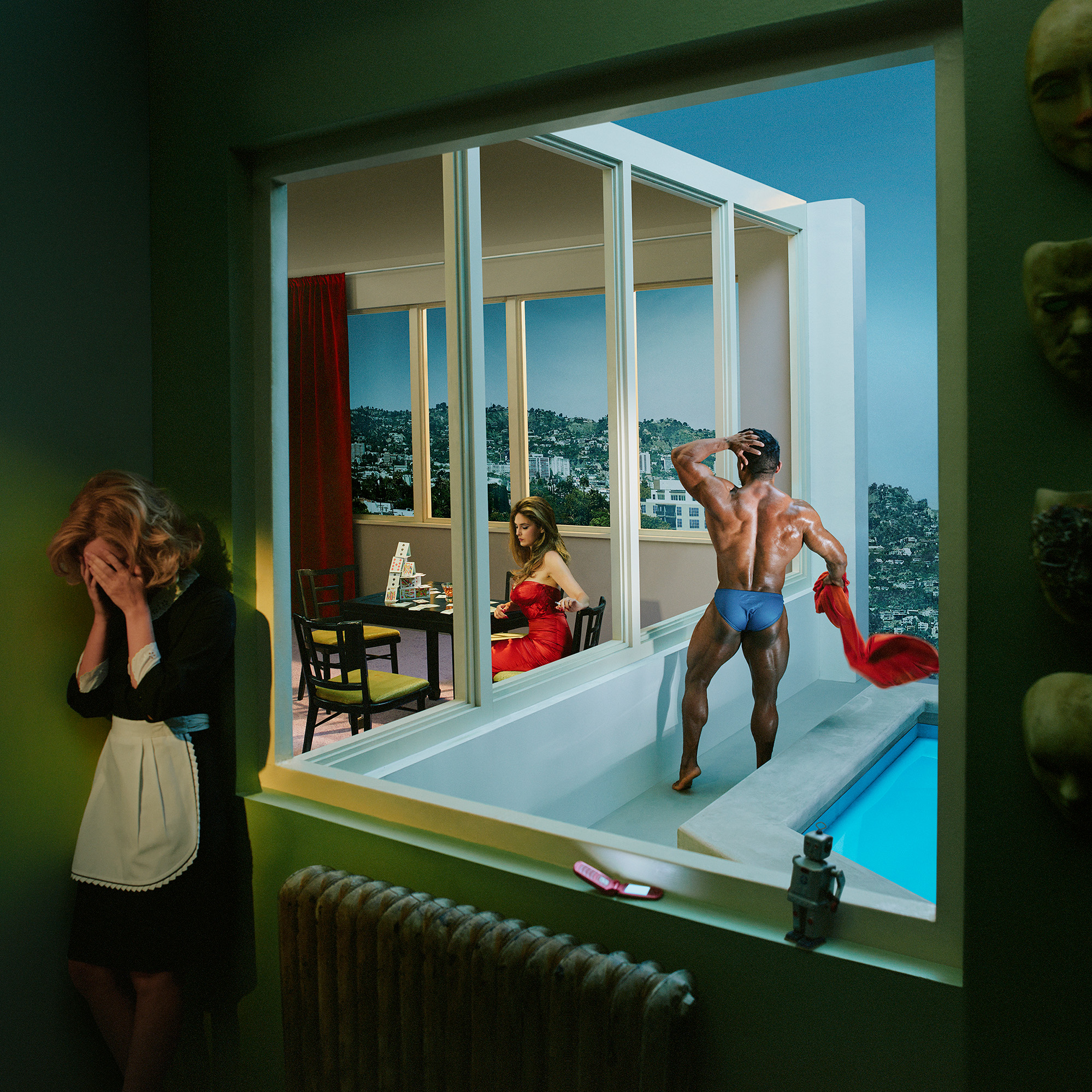
We checked in with our former podcast guests who will be inching through Miami traffic, unveiling new works, signing books and revealing new projects this year.
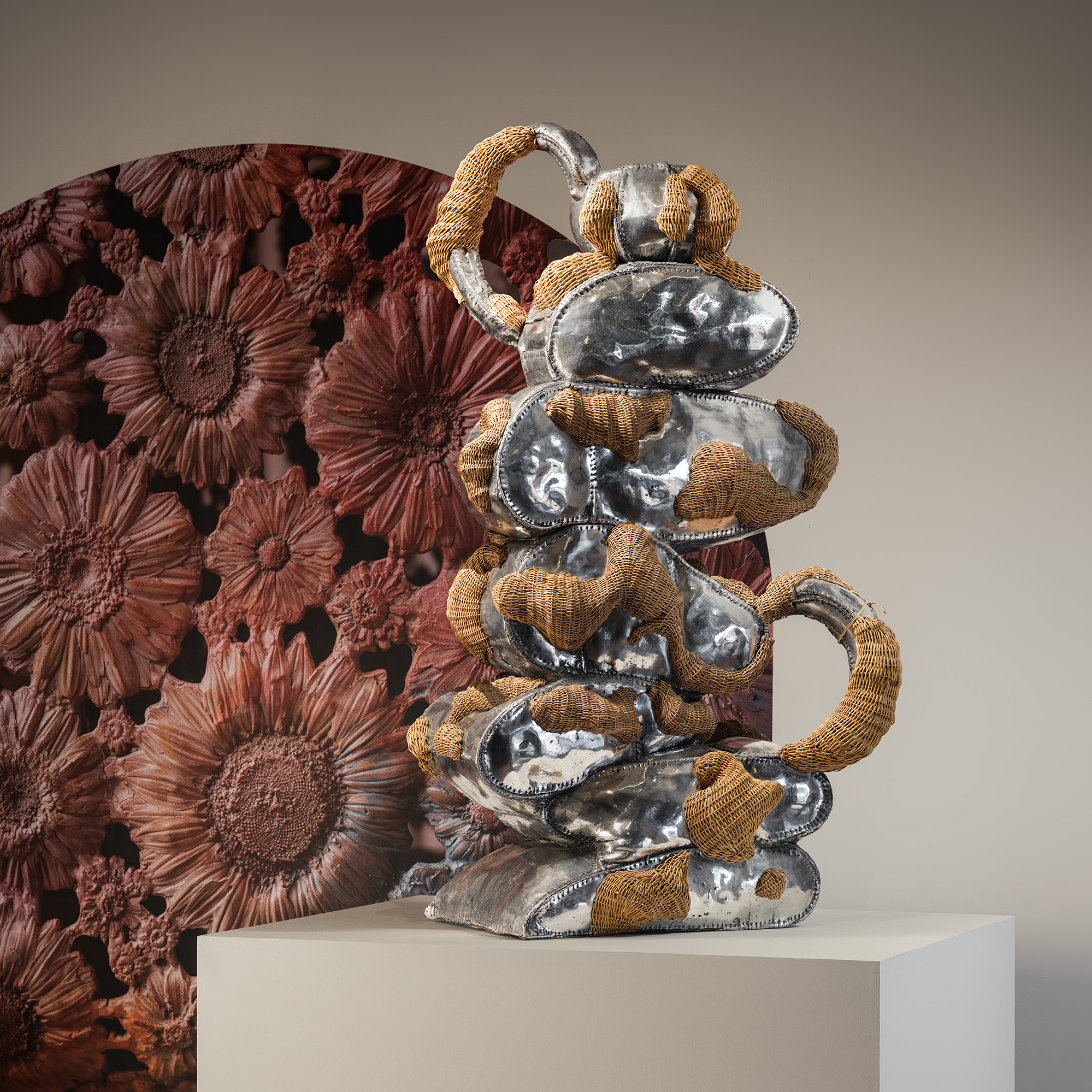
The ecstatic designs of Chris Wolston come to Texas, Juergen Teller's most honest show yet opens in Athens, a forgotten Cuban Modernist is revived in New York, and more.